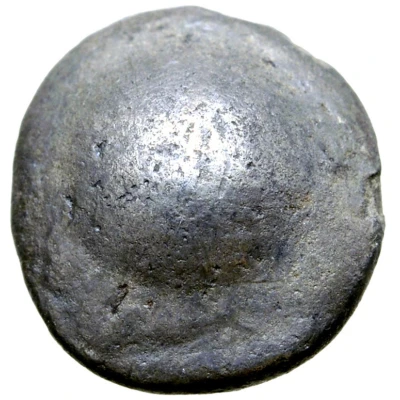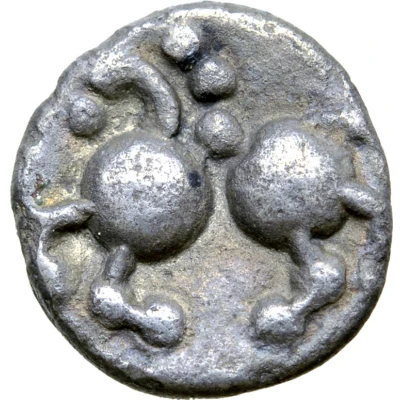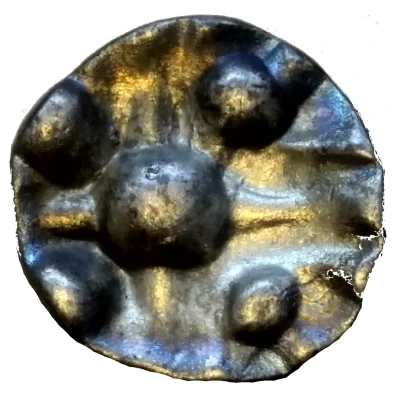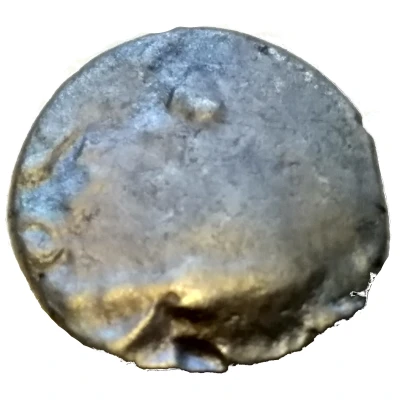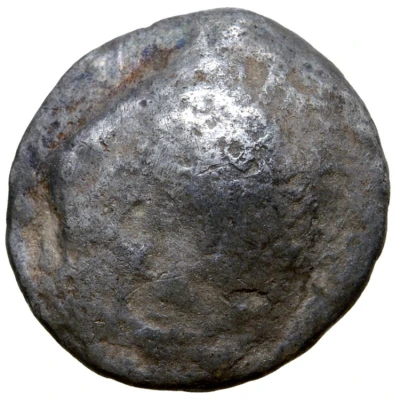
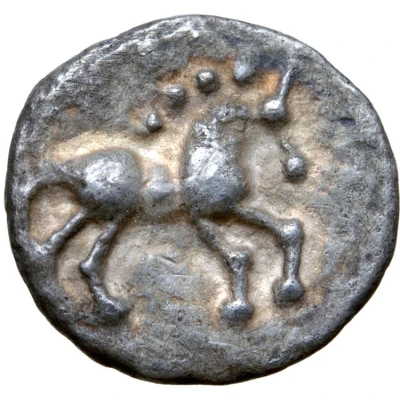

© Roma Numismatics Limited
Obol Karlsteiner Art Type 200 BC - 1 BC
| Silver | 0.39 g | 8 mm |
| Issuer | Kingdom of Noricum |
|---|---|
| Type | Standard circulation coin |
| Years | 200 BC - 1 BC |
| Value | 1 Obol (⅙) |
| Currency | Drachm |
| Composition | Silver |
| Weight | 0.39 g |
| Diameter | 8 mm |
| Shape | Round (irregular) |
| Technique | Hammered |
| Orientation | Variable alignment ↺ |
| Demonetized | Yes |
| Updated | 2024-10-09 |
| Numista | N#192571 |
|---|---|
| Rarity index | 100% |
Reverse
Horse prancing to left.
Comment
Cf. Kos pl. 18, 33;Examples of this type:
• Example #1 (0.58g, 8mm. Extremely Fine) - in main image:
◦ Ex-Hermann Lanz Collection; published in Michaela Kostial - "Kelten im Osten. Gold und Silber der Kelten in Mittel und Osteuropa, Sammlung Lanz", München, 1997, #333;
◦ Exhibited by the Staatlichen Münzsammlung München at the 1997 International Numismatic Congress in Berlin; at the Berliner Bank also in 1997; also exhibited at the Luitpoldblock Palmengarten, Munich in 2003 (exhibition #62[reverse]).
◦ Auctioned by Roma Numismatics Ltd, Auction XVII, 28 March 2019, Lot 93. Sold for 85 GBP.
Interesting fact
The Obol coin from the Kingdom of Noricum was used as a form of currency during a time when trade and commerce were becoming increasingly important in the region. The coin's small size and portability made it an ideal medium of exchange for everyday transactions, and its silver content gave it inherent value that was widely recognized and trusted. Despite its small denomination, the Obol played a significant role in facilitating economic activity and fostering economic growth in the region.
